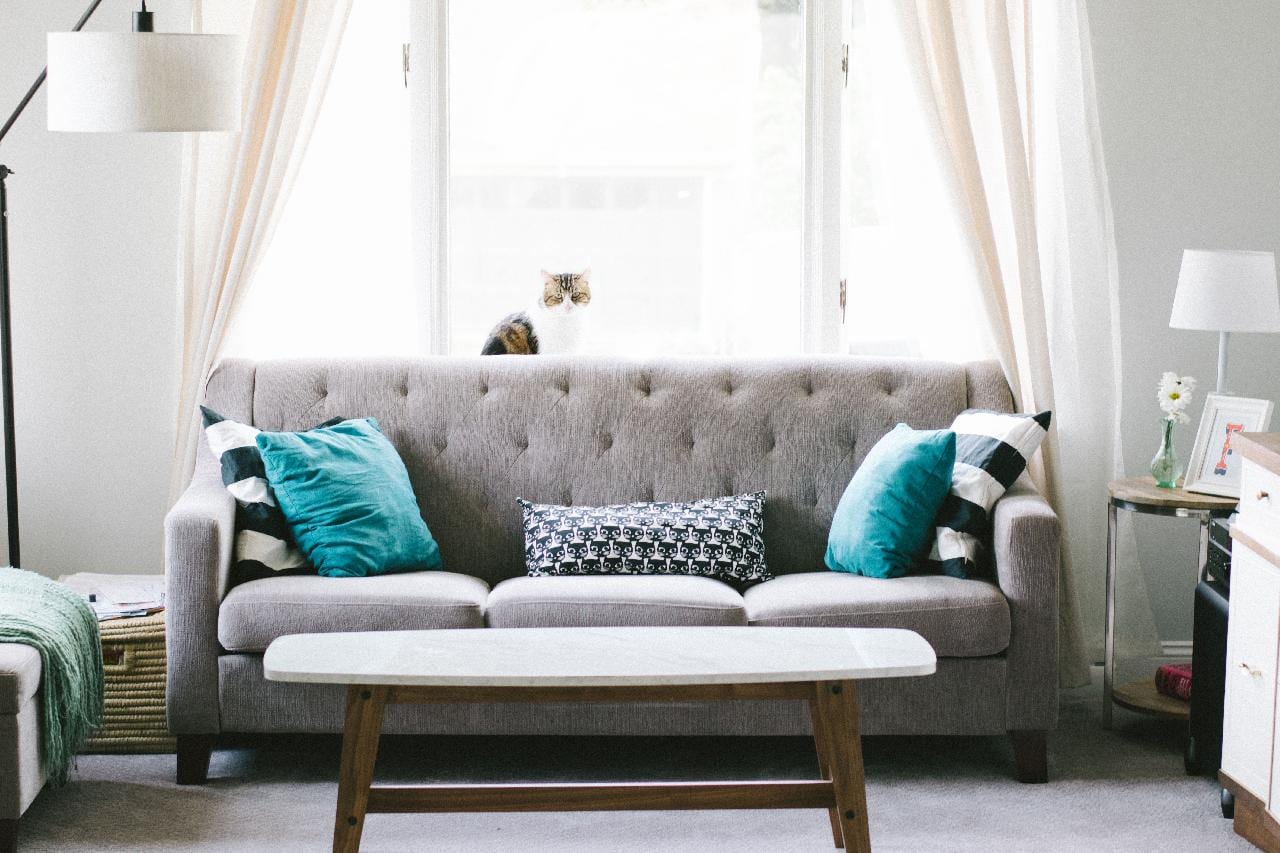Key Takeaways
- Planning your shed’s purpose is crucial
- The right materials can save you trouble later
- Get your permissions straight before you build
- Quality tools make everything easier
- Don’t skimp on insulation for year-round use
- Lighting can transform your shed into a cozy space
- Proper ventilation prevents unpleasant odors and mold
Are you tired of tripping over garden tools, lawnmowers, and who-knows-what-else cluttering your backyard? If so, you’re ready to enter the magnificent world of shed-building! Building a shed can feel like assembling IKEA furniture on a particularly bad day, but trust me, armed with the right knowledge, you’ll have the upper hand. Today we unveil some of the best-kept secrets of the experts and, spoiler alert, you’ll wish you knew them sooner.
From preventing squirrel infestations (because who wants a critter rave in their new shed?) to ensuring you have reliable electrical outlets for that fridge you know you need, we’ve got you covered! Let’s break down these seven secrets that will elevate your shed from basic storage to an enviable backyard feature.
Planning Your Shed’s Purpose
Define What You Need
Before you dive into walls and roofs, take a moment to think about what you need your shed for. Are you looking to house your gardening tools, create an art studio, or perhaps build a mini-man cave? The purpose will determine the size, design, and features of your abode in the backyard jungle. Without a plan, you might end up with a shed that’s really just an oversized dog house.
Choosing the Right Materials
Not All Wood is Created Equal
When it comes to constructing your shed, materials matter more than you think. Recent studies show that using high-quality materials can extend the lifespan of your shed significantly. For instance, a 2023 study by the American Institute of Timber Construction highlights that treated lumber can last up to 25 years longer than untreated lumber in outdoor environments. Here’s a nifty table illustrating key comparisons:
| Material | Lifespan (Years) | Cost per Square Foot |
|---|---|---|
| Treated Lumber | 30+ | $2.50 – $4.00 |
| Untreated Lumber | 10 – 15 | $1.00 – $2.00 |
| Metal | 20 – 30 | $3.50 – $6.00 |
| Vinyl | 25 – 40 | $4.00 – $7.00 |
Investing a little more initially can save you a lot more in repairs and replacements down the road.
Get Your Permissions Straight
Don’t Get Caught in a Shed-spiracy
Before you break ground, check your local zoning laws and obtain necessary permits. Building a shed without proper permissions may lead to fines or an unexpected visit from local authorities—and we all know how fun that can be (hint: it’s not). Verify local regulations to ensure your shed doesn’t become the forbidden castle in the backyard.
Quality Tools Make Everything Easier
Tools of the Trade
Imagine trying to slice bread with a hammer. Doesn’t work, does it? The same principle applies to shed building! Quality tools can mean the difference between an evening spent wrestling with your materials and one where everything goes according to schedule. Invest in a solid set of saws, levels, and screwdrivers. A popular resource, DIYNetwork, suggests that having proper tools can reduce your build time by up to 25%.
Insulation is Key
Don’t Forget the Cozy Factor
Many people overlook insulation, thinking it’s only necessary for homes. However, a well-insulated shed can be used year-round without the chill driving you back inside come winter. It’s like having a secret club where everyone is comfortable!
Lighting Transforms Your Shed
Light it Up
The right kind of lighting can turn your bland shed into a vibrant workshop or cozy reading nook. Just imagine: fairy lights dangling next to your gardening tools or a chic desk lamp illuminating your next DIY project. You can even have fun with motion-sensor lights, so when you enter, it feels like the grand reveal of an Oscars set.
Proper Ventilation is Essential
Keep It Fresh
To prevent musty odors and mold, ensure your shed has adequate ventilation. No one wants their prized tools smelling like grandma’s basement. Install vents or even an inexpensive window to keep air flowing. Plus, it’ll also help you avoid the dreaded "squishy floor syndrome," which is not a condition you want to deal with.
Closing Thoughts
Building a shed doesn’t have to be a wild adventure filled with unexpected detours and questionable decisions. Following these seven secrets, you can save yourself time, money, and maybe a heap of frustration. A shining beacon of organization, your new shed can not only house your outdoor items but also become a glorious retreat from the chaos of life.
So gather your tools, plan your vision, and turn that neglected corner of your yard into a treasure trove of creativity and utility. Remember, the best sheds are more than just structures—they’re a canvas for your dreams and hobbies!
FAQs
| Question | Answer |
|---|---|
| Do I need a permit to build a shed in my backyard? | Yes, check local regulations and obtain necessary permits before starting your project. |
| How do I maintain my shed after it’s built? | Regularly check for leaks, pests, and wear. Keep it organized and repaint if needed. |
| Can I build a shed anywhere in my yard? | No, you must consider zoning laws and utility lines; choose a location that complies. |
Discover more from Futurist Architecture
Subscribe to get the latest posts sent to your email.



